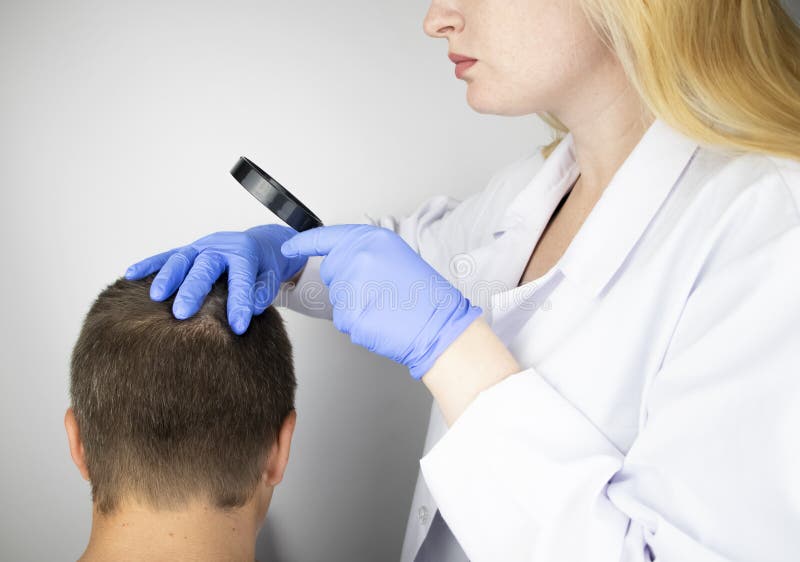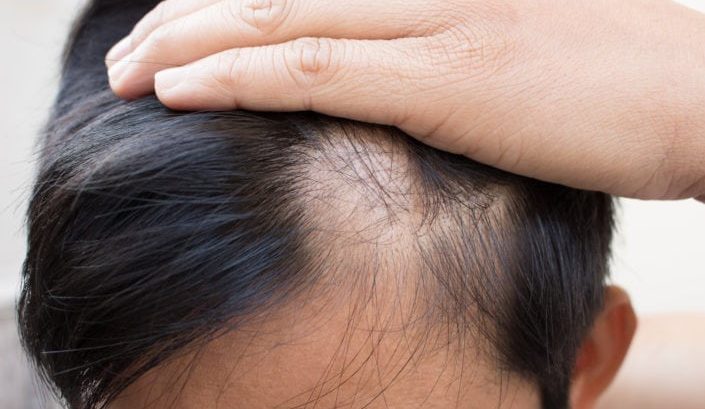Table Of Content

“Blindly taking supplements or self-diagnosing by Google to try to treat yourself,” cautions Jennifer MacGregor, MD, a board certified dermatologist at UnionDerm in New York City. Not only could it not help your thinning hair, but it could actually hurt your cause, she adds. Your hair is your crown, and if you are suffering from thinning hair, itchy, flaky scalp, hair loss and other hair and scalp conditions you may not feel as good as you should about the way others see you. In reality, the solution to many hair problems lies in conditions at the scalp and follicular level. With grafting, your surgeon removes a large portion of hair-producing skin from the back of the head.
Harvard Health Ad Watch: New drug, old song, clever tagline
If you have fever and/or think your skin is infected, you should contact your dermatologist right away. Eczema may improve or worsen at intervals, but it often lingers for a long time and can be accompanied by hay fever and asthma. Eczema is not contagious and though its cause is not known, it’s likely triggered by both genetic and environmental factors. Hives are red, raised, and very itchy bumps that can form on the scalp and anywhere on the skin. The individual hives tend to appear and then disappear within 24 hours, during which time other hives can form.
When do dermatologists recommend treatment for hair loss?
Can Anti-Dandruff Shampoo Prevent Hair Loss? - Health.com
Can Anti-Dandruff Shampoo Prevent Hair Loss?.
Posted: Tue, 19 Mar 2024 07:00:00 GMT [source]
Psoriasis can also affect your nails (nail psoriasis), joints (psoriatic arthritis) and in severe cases your overall health. A dermatologist can distinguish psoriasis from other conditions, and help you treat it. The plaques and flaking of psoriasis can extend beyond the hairline to the back of the neck and the forehead. Many people with psoriasis have flare-ups that come and go over time, and for some the condition goes into remission. Treatment begins with cleansing the affected areas daily with a baby wash or no-tears baby shampoo. If regular cleansing doesn’t seem to provide relief, your doctor may recommend other mild prescription solutions.
A dermatologist’s diagnosis is best before treating hair loss
Because many women experience thinning hair and hair loss after menopause, hormones may also play a role. For most women, hair loss begins between 40 and 60 years of age. PRP injections for hair loss are used to help hair restoration from hair loss and balding. It stops and also reverses hair miniaturization in androgenetic alopecia follicles. PRP injections Los Angeles also stimulates inactive hair follicles into active growth and accelerates that process. The PPR injection cost is affordable and works well with many patients.
Examples of Alopecia and Hair Loss
Some patients will need multiple hair replacement sessions to see the best results. Hair loss for men, specifically male-pattern baldness, receives a lot of attention and is a multi-billion dollar industry. However, seeing your dermatologist should be the first step to treating the condition.
Featured Providers
There are many reasons why PRP hair treatment Los Angeles is beneficial. We offer the most effective hair transplant procedures for restoring your hair. Surgical procedures to treat baldness are not usually covered by insurance.
However, if you’ve noticed more strands falling out of your head than normal, you may be experiencing alopecia, the medical term for hair loss. Common diagnoses include androgenetic alopecia, alopecia areata, telogen effluvium, and lymphocytic scarring alopecia, Agbai tells USA TODAY. If you notice hair thinning or think you might have FPHL, it’s best to schedule an appointment with a dermatologist.
The hidden racist history of hair loss - The Conversation
The hidden racist history of hair loss.
Posted: Mon, 18 Mar 2024 07:00:00 GMT [source]
Autoimmune Disease
Whatever condition your hair and scalp are in, today, many great treatment options are available. For older children who have extensive hair loss, a dermatologist may prescribe contact immunotherapy or a JAK inhibitor that’s approved to treat alopecia areata in patients 12 years of age and older. If you’re unhappy with the regrowth, your dermatologist may prescribe medication that you apply to the areas that need more regrowth. A common treatment plan involves applying a corticosteroid to regrow your hair and later minoxidil (Rogaine®) to keep the hair that’s regrown.
During a hair transplant procedure, a dermatologist or cosmetic surgeon removes hair from a part of the head that has hair and transplants it to a bald spot. Each patch of hair has one to several hairs (micrografts and minigrafts). Sometimes a larger strip of skin containing multiple hair groupings is taken. This procedure doesn't require hospitalization, but it is painful so you'll be given a sedation medicine to ease any discomfort.
A 2021 review of 15 studies — including several large randomized control trials that are the gold standard for medical research — found that laser therapy increased hair count in both men and women. You can either purchase over-the-counter laser devices to use at home or receive the treatments from a provider. Most users see results after consistent use for about two months. The most common cause of alopecia is an inherited condition called male- or female-pattern hair loss. When we initially started performing PRP injections, we would only spin the blood for one round with the centrifuge. The purpose of the centrifuge is to concentrate the growth factor that can be injected in the scalp.

Bacteria or fungi can cause scalp infections known as folliculitis when they enter the scalp through a break in the skin. The hair follicles become inflamed, itchy bumps filled with pus. Usually staph bacteria are the culprit, though folliculitis can also result from viruses and even inflammation from ingrown hairs.
Finally, keep in mind that the same healthy habits recommended for maintaining your physical health will also help your hair. Try to find ways to manage stress, and strive for a well-balanced diet that includes plenty of fruits and vegetables. If you have alopecia, you can help hold onto your tresses by avoiding behaviors that are known to contribute to temporary and permanent hair loss, Mirmirani says.
It can take anywhere from 3 months to 6 months, or even longer. The number of sessions one may need depends on the severity of the hair loss. Contact Dr. Ben Behnam for all your skin and hair related questions or inquiries. Treatment can most often be accomplished at home with the use of products to kill the lice and the eggs (nits).
For many people, their hair regrows on its own without treatment. This regrowth happens more often when someone has a few patches of alopecia areata, which have been there for less than a year. If you’re facing prolonged and unexplained hair loss, set an appointment with your dermatologist as soon as possible. Your dermatologist will perform a detailed assessment of your medical history as well as perform a physical examination. You’ll need a blood test to assess your hormones, thyroid, and any deficiencies in some cases.
Yellow or white flakes of skin from your scalp are called dandruff. Dandruff is usually a sign of seborrheic dermatitis, a skin condition that can also cause redness and irritation. Other culprits might be not shampooing often enough, dry skin, sensitivity to hair care products, and oily, irritated skin. If over the counter remedies don’t seem to help, your dermatologist can suggest other treatments to provide you with relief. Scalp reduction covers bald areas by stretching the skin with healthy hair follicles over the deficient areas. Your surgeon will first remove the skin with damaged hair follicles.

No comments:
Post a Comment